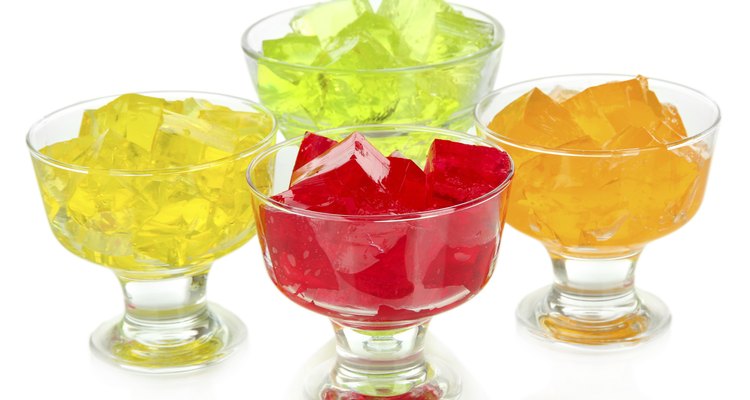
serezniy/iStock/Getty Images
When choosing a snack or dessert, many people opt for fat-free, sugar-free alternatives of their favorite treat. Jell-O Pudding is available in a variety of fat-free, sugar-free flavors. These include chocolate, vanilla, butterscotch, banana cream, cheesecake, chocolate fudge, lemon, pistachio and white chocolate.
Calories
Fat-free, sugar-free Jell-O Pudding has only 35 calories or less per 1/2 cup serving. This is in comparison to the company's regular pudding, which has between 100 and 140 calories per serving depending on the flavor.
Fats and Sugars
One serving of fat-free, sugar-free Jell-O Pudding has zero fat and zero sugar. This is based on preparation with nonfat milk. Jell-O Pudding gets its sweet taste from the artificial sweetener aspartame and is safe to eat if you have diabetes. In addition, unlike sugar, aspartame does not contribute to tooth decay, according to the Mayo Clinic.
Carbohydrates and Protein
One serving of fat-free, sugar-free Jell-O Pudding has 6 g of carbohydrates and zero protein. U.S. Dietary Guidelines, issued by the U.S. Department of Agriculture and U.S. Department of Health and Human Services, suggest adults consume 130 g of carbohydrates per day. They also suggest women consume 46 g of protein per day, and men should consume 56 g of protein per day.
Sodium
One serving of fat-free, sugar-free Jell-O Pudding has 300 mg of sodium. The recommended daily intake of sodium is 2,400 mg.
Consideration
When making dietary choices, be mindful that fat-free, sugar-free Jell-O Pudding is not a good source of vitamins or minerals and therefore should be eaten in moderation and in conjunction with a well-balanced diet.
Related Articles
How Many Calories are in Pistachio ...

Heavy Whipping Cream Vs. Half & Half
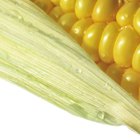
How to Substitute Light Corn Syrup in a ...

How to Make a White Decorator Icing

How to Make Sweet Brown Rice
Nutrition Information for Onken Yogurt

Chocolate Martini: How Many Calories?

What Is Agave Syrup?

Can I Exercise on the Master Cleanse ...

The Difference Between Brown and White ...

Difference Between Canned Pumpkin & ...

How to Make Fresh Strawberry Frosting ...
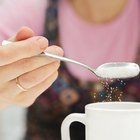
How to Substitute Splenda for Sugar
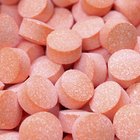
Benefiber Ingredients

How to Make Toasted Bread Sticks With ...

Calories in Bread Pudding
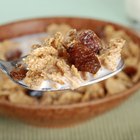
Calories in a Bowl of Raisin Bran Cereal

The Disadvantages of Saccharin
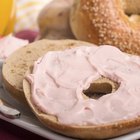
Calories in a Tablespoon of Cream Cheese

Can I Use Milk Instead of Heavy Cream ...
References
Writer Bio
Melissa Biscardi has been writing health related articles since 2007. Her articles have appeared in such publications as "Alzheimer's Care Today" and "Topics in Geriatric Rehabilitation." Biscardi has a Bachelor of Science in nursing from Ryerson University in Toronto. She also completed a pre-doctoral internship focusing of prevention of neurotrauma in newborns at the Institute of Child Study.
Photo Credits
serezniy/iStock/Getty Images